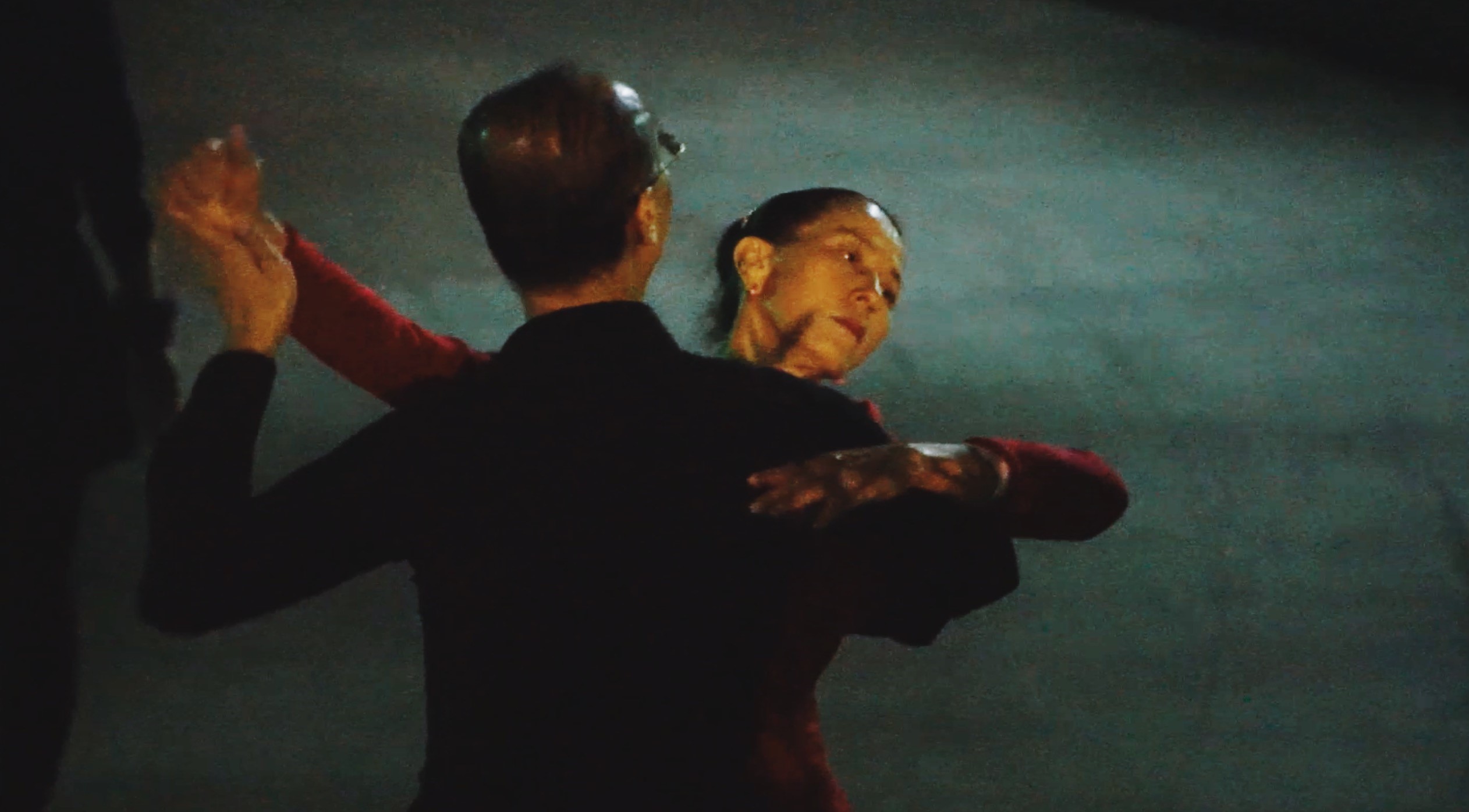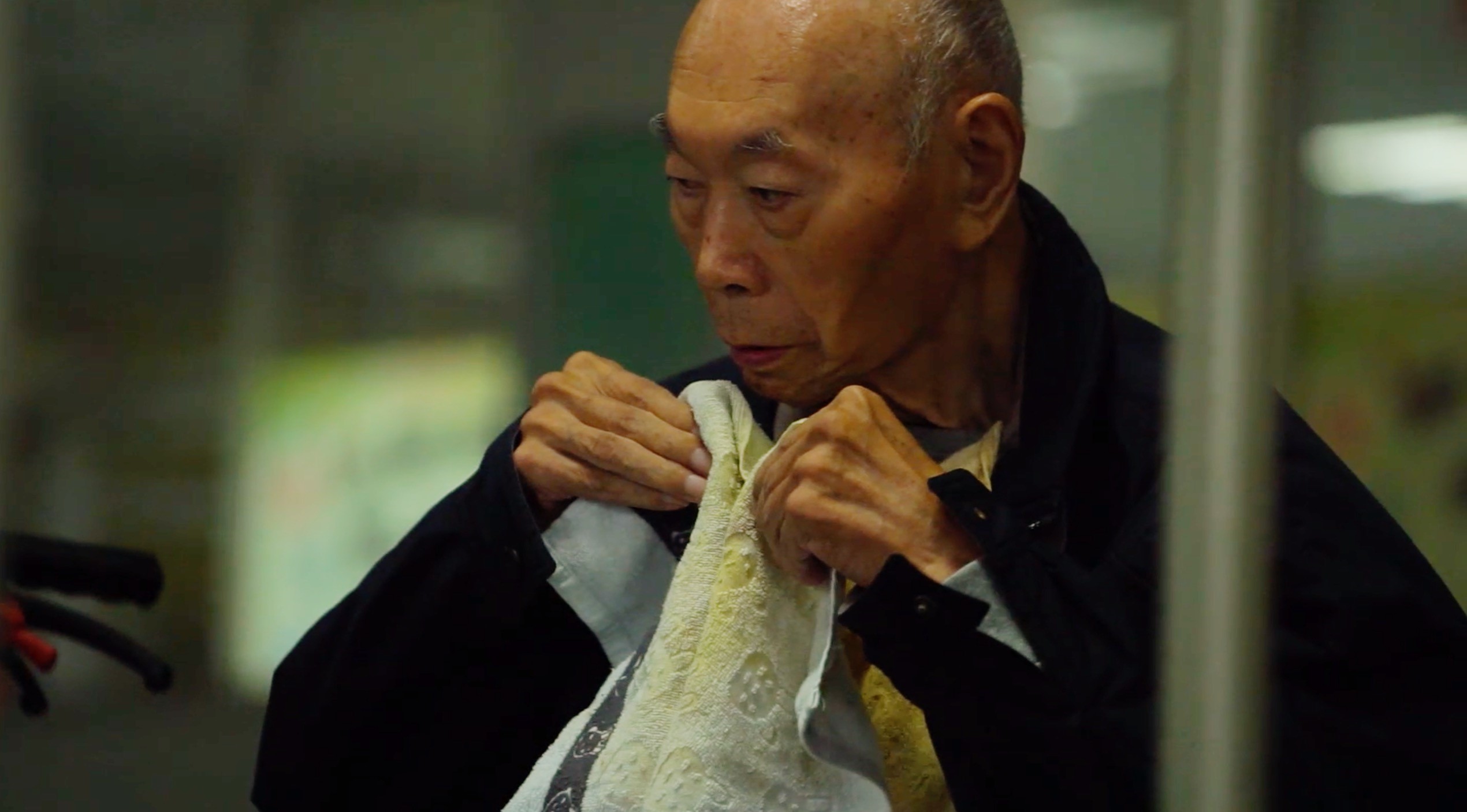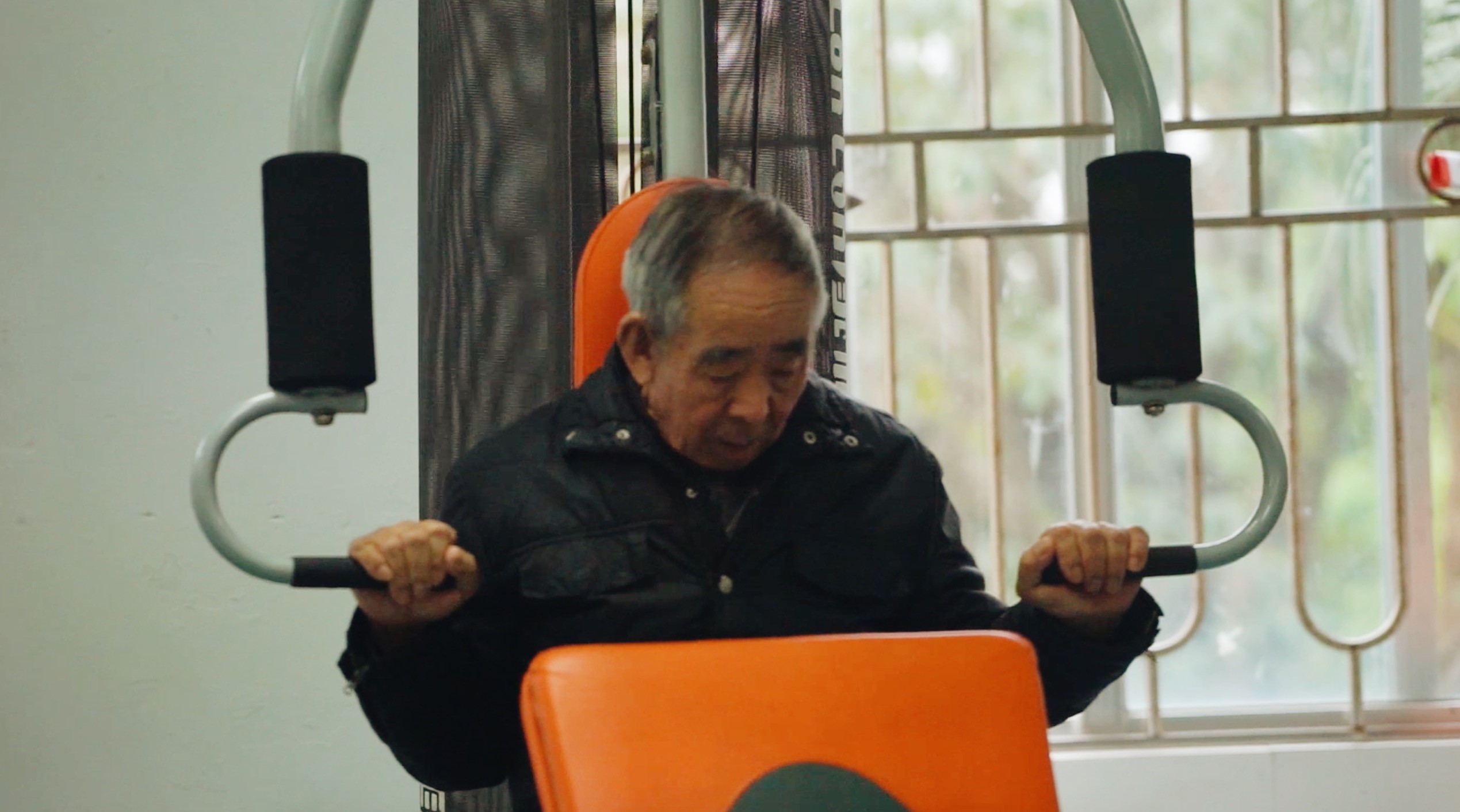Day 1
At noon on Friday, we met at the south gate of the school, did the final check before departure, and then took the bus to Shenzhen North Station and boarded the high-speed train from Shenzhen to Guilin. About three or four hours from Shenzhen to Guilin, we arrived at the destination of the trip field. From the sun to the sunset, we chose to rest overnight at the hotel and start our journey tomorrow.
Day 2
The city was cooling, and the November sun was a feeble title page, somewhat bleak and gloomy. Wrapped in a thick black coat, I walked out of the hotel door, and greedily took a sip of fresh air, trying to enjoy the new winter that I had never met before. The bus drove to the scenic area, we followed the local guide boarded the Zhujiang to Yangshuo cruise ship, and started our trip to the Lijiang River.


Mountains and rivers have been winter, textbook pictures are no longer simple lines and full color, but now presented in front of us a concrete and clear picture, true, broad, and simple. The cold wind blows, and the winter rain falls, but the heart is happy. The Lijiang River in the misty rain is a landscape painting. Mist, drizzle, bamboo raft, mountain forest, and wetland all add a touch to this picture. It is gentle and moving. Cruise ships ripple on the river, disturbing the quiet shadow of the mountain, but also making the water and scenery more harmonious, no longer a general acquaintance. In the distance, mountains overlap, each with its own characteristics, clouds and mist, but never hide the charming mountains, but complement each other; nearby, rocks, ups and downs, karst landforms unique and spectacular.




In the afternoon, we came to Yinzi Rock. What we saw in the cave were stalactites, stalagmites and stone pillars of various shapes, which were illuminated by neon lights. Every place is an independent scene, but also accept each other. The rock in the cave contains a high content of calcium carbonate, forming a long stalactite with a darker color, and even some slightly yellow, often rely on the side to view all living beings, and the new stalactite generally occupies the widest part of the wall, straight from the underground to the top of the rock, sparkling, sharp.

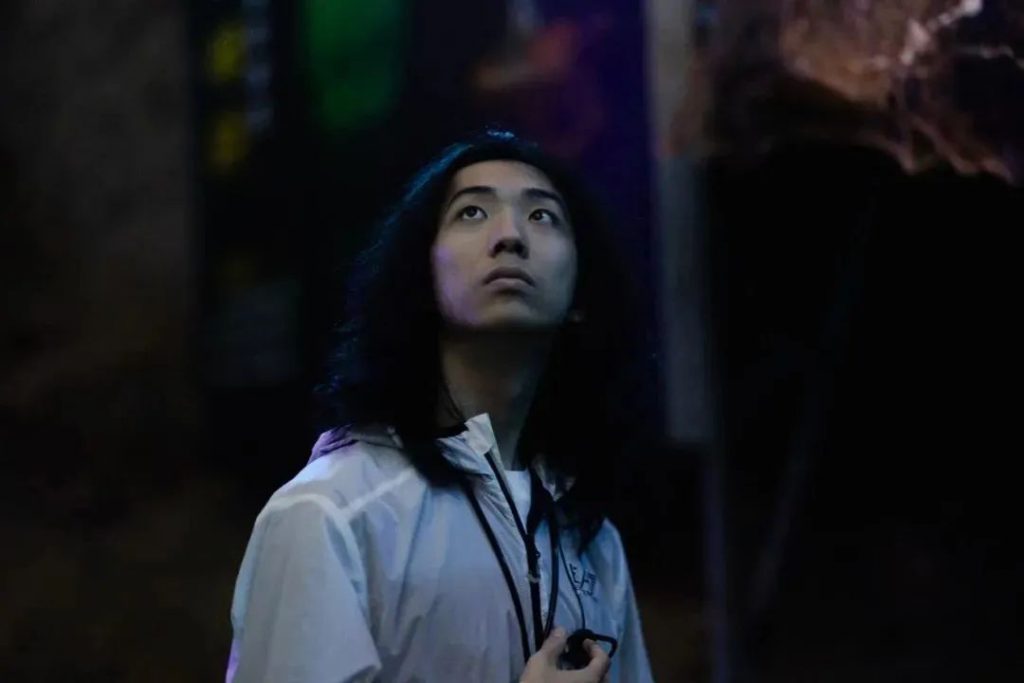
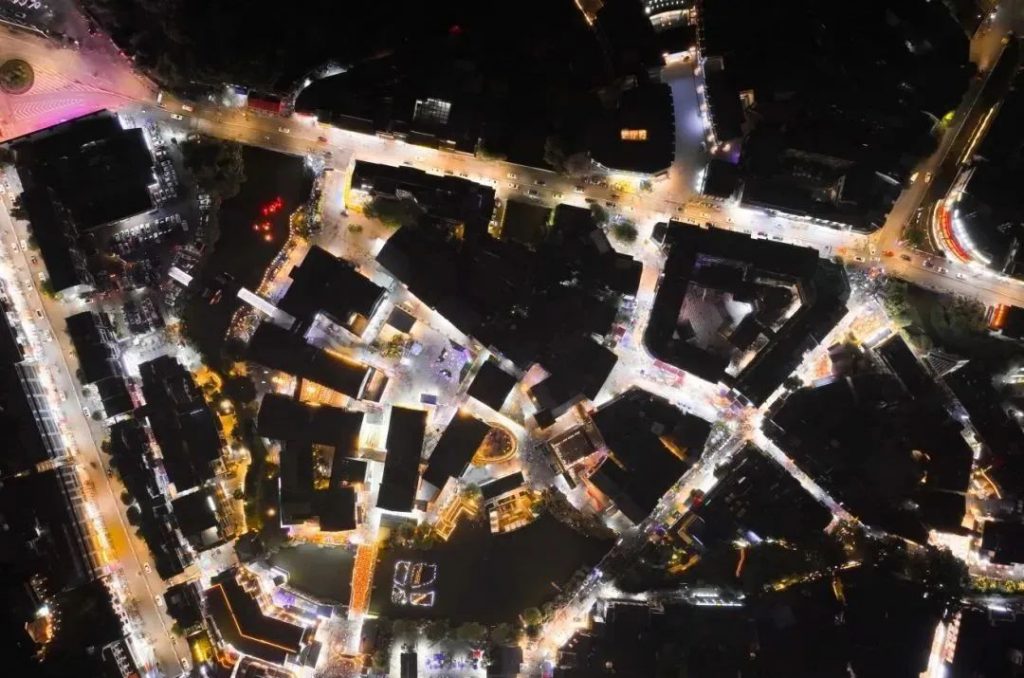
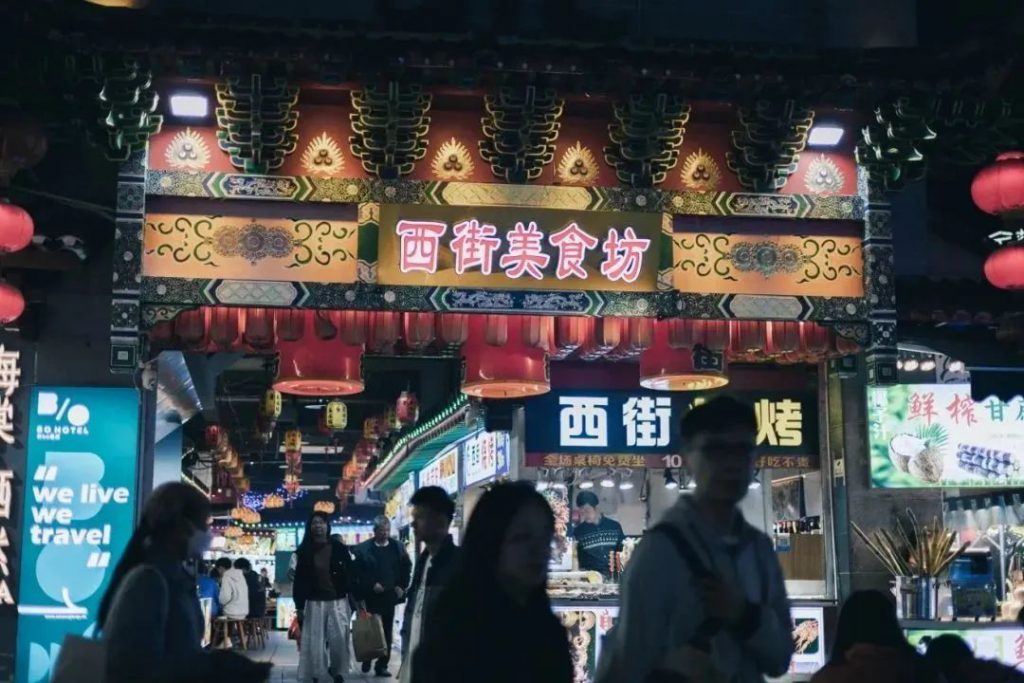
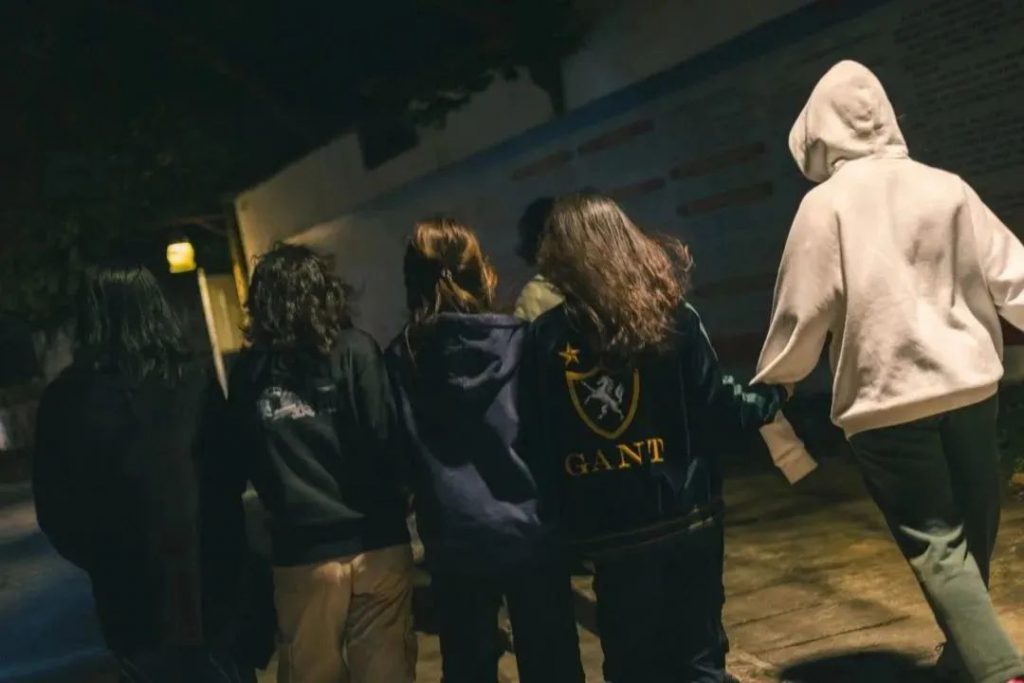
I find noisy streets less refreshing than quiet paths. The night was cool, and we walked toward the dock. In this glittering southern town, we walked together along the dark flagstones, trying to read past and present. Smashing a land of weak moonlight, Qinghui diarrhea, slowly counts, years of mild and long, waiting for us to open quietly. What illuminates us at night is not only the passion and mystery of this small city but also our fiery heart. People embedded in this piece of landscape, thoughts were awakened, then naturally Aura. Guilin, the Li River is its delicate eyes, its arms in the people are as simple as it.
Day 3
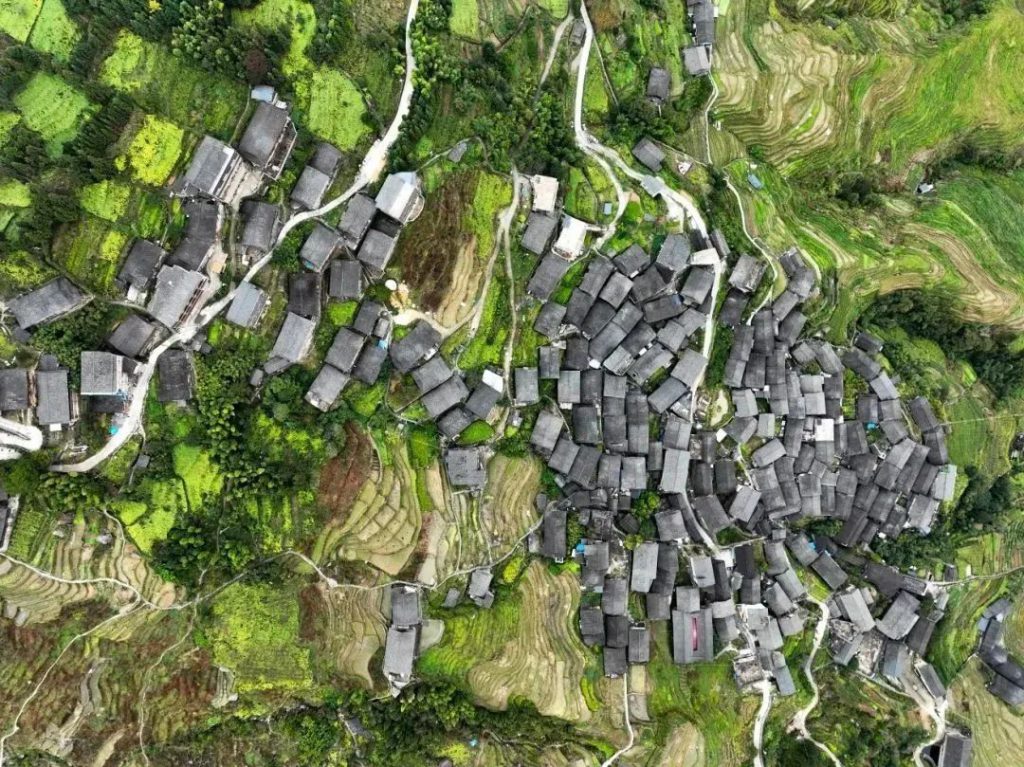
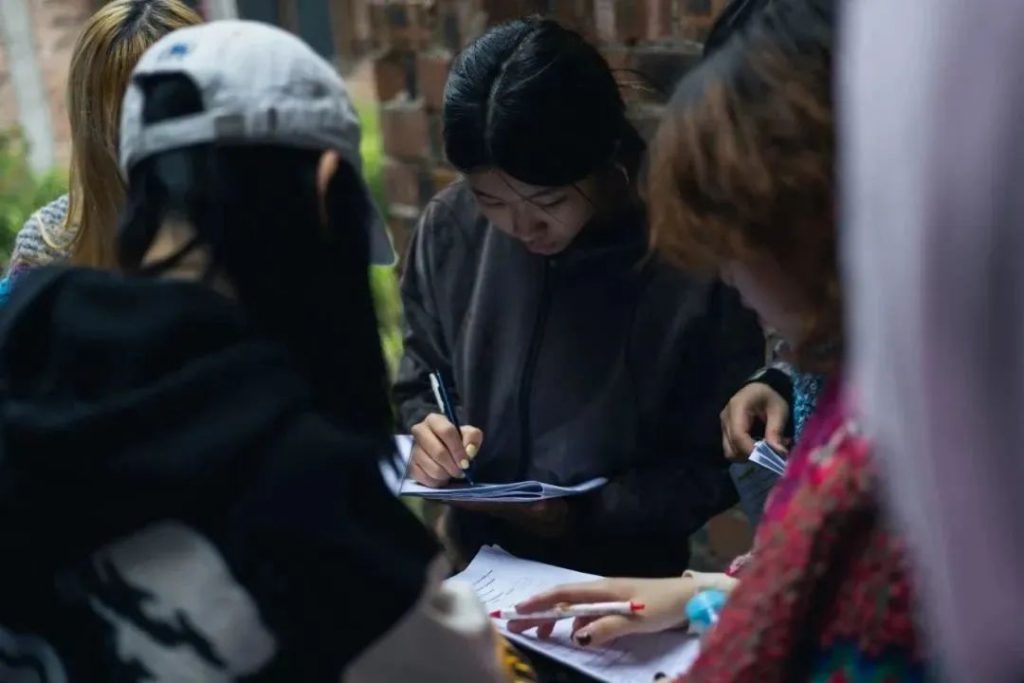

Under the eaves of green tiles, full of silent solitude in winter, raindrops wet the hair, fog around us, all is hazy. I shuddered, put my arm around my friend, slipped my hand into my coat, and tried to find warmth, withered leaves, and withered branches that were the landmarks of the mountain. We stepped over the stones and mud, looking, listening to the sound of mountain wind, stop, stand in the green, the pines roar. The rustling rain seemed to drive away life, and the sudden drop in temperature forced us down the mountain.


In the early winter of Guilin, there are us, there is geography. Thanks to the deep national friends, geographical group teachers and all peers friends, we always have the opportunity to enjoy the sky vast, the current Yan Dan, witness the spring flowers, autumn moon, heat and cold.
- Article / Alisa Li
- Pictures / Kevin Chen

